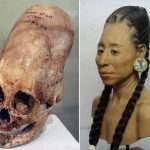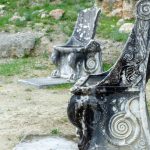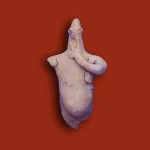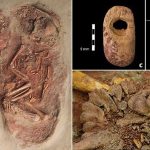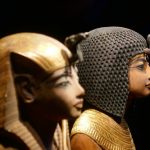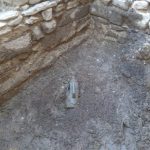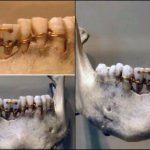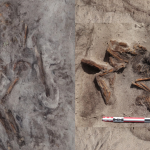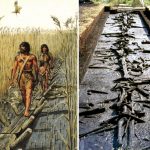The Tomb of King Tutankhamun: A Treasure Trove of Ancient Egypt
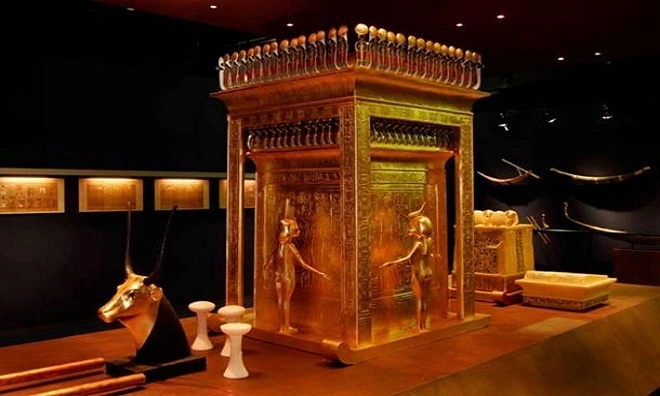
The tomb of Pharaoh Tutankhamun, located in the Valley of the Kings in Egypt, contained over 5,000 artifacts, many of which were made of solid gold and remarkably well-preserved. According to Ancient Origins, the young king—who ruled Egypt around 1332–1323 BC—died suddenly at the age of 20 in 1323 BC. Due to his unexpected death, his burial chamber was not fully prepared. The tomb itself is modest in size, measuring only 3.68 meters high, 7.68 meters wide, and 30.79 meters long.
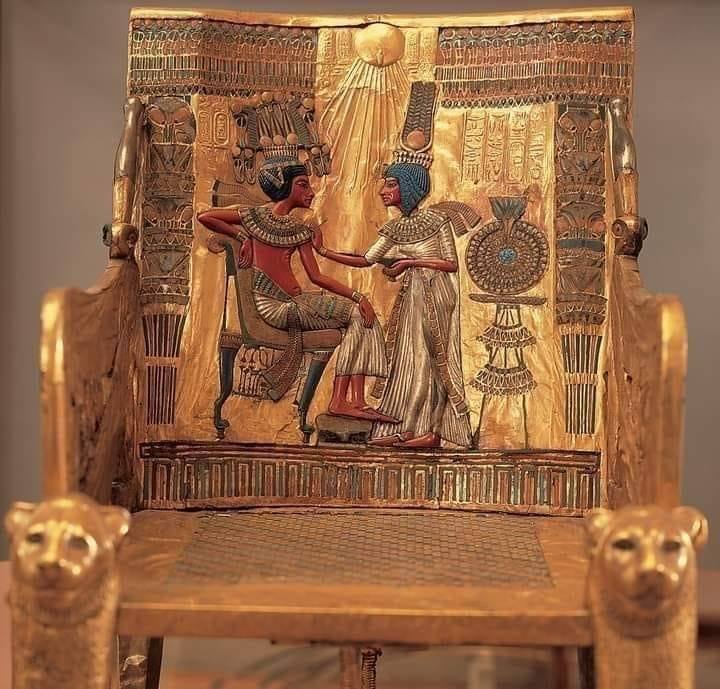
British archaeologist Howard Carter discovered the tomb in 1922. It is considered the most intact royal tomb ever found and has provided invaluable insight into the material culture of the New Kingdom period. Carter spent ten years cleaning, cataloging, and documenting the vast collection of items stored inside.
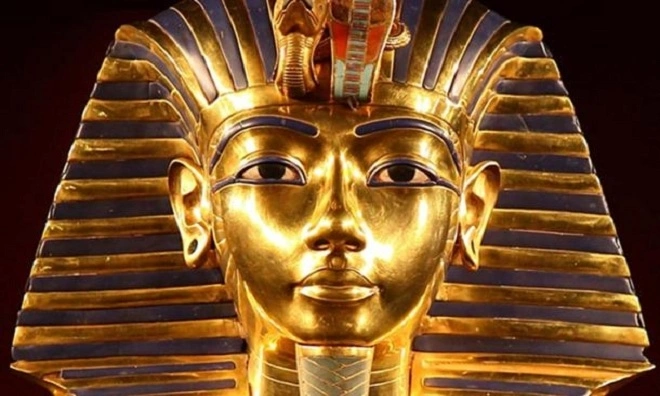
Among the most significant finds is the king’s gold sarcophagus, which housed several nested coffins—one of which was made entirely of solid gold. Tutankhamun’s iconic golden funerary mask has since become a symbol of ancient Egyptian opulence and is widely regarded as one of the greatest masterpieces of ancient art.
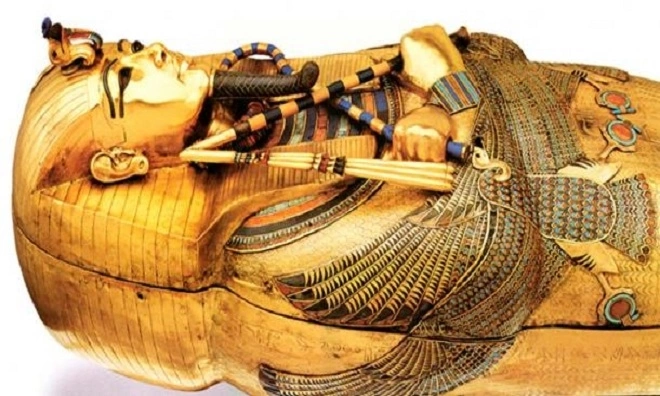
In addition to the sarcophagus, the tomb also contained six dismantled chariots, various weapons, shields, and daggers. Lavishly gilded furniture such as thrones, couches, chairs, and beds were also present. Jewelry, clothing, musical instruments, food, and a wide array of other items surrounded the king’s body—everything he would need for his journey into the afterlife.



